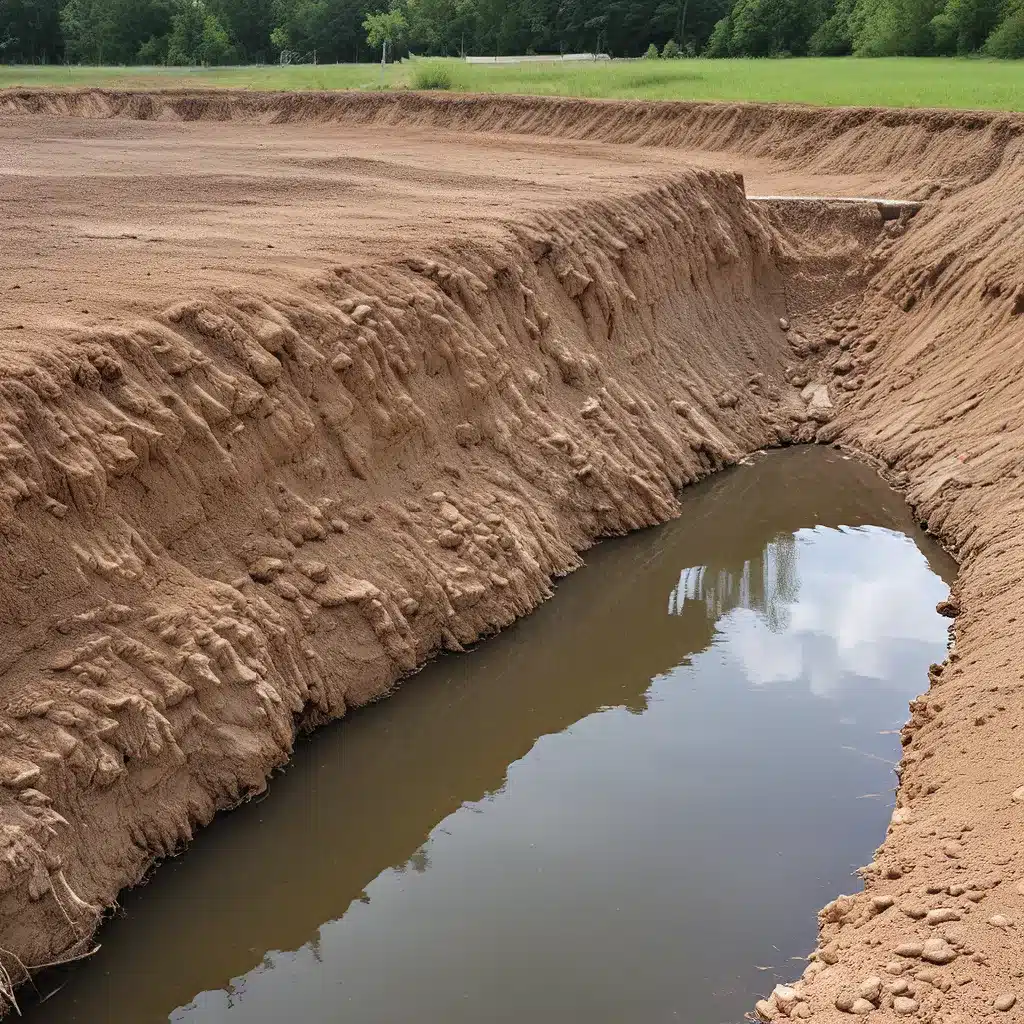
Uncovering the Mysteries of our Aquifer: A Custodian’s Tale
Have you ever paused to consider the hidden treasures that lie beneath our feet? I certainly have. As a lifelong resident of Cape Cod, the idea of a single-source aquifer providing drinking water across this beautiful region has always fascinated me. It’s not just about the water, you see – it’s about the delicate balance of our entire ecosystem, and the tireless efforts of those who work tirelessly to protect it.
Let me take you on a journey into the world of groundwater guardianship. It’s a realm filled with both challenges and triumphs, where dedicated individuals and communities come together to safeguard our most precious resource – water.
Unraveling the Complexities of Cape Cod’s Aquifer
Cape Cod’s abundant wildlife, unique ecosystems, residents, and visitors all depend on one essential resource – clean water. This picturesque peninsula is blessed with a single-source aquifer that provides drinking water across the region, and protecting this precious asset has never been more important for safeguarding the future health of Cape Cod.
As I learned from the comprehensive overview provided by the Cape Cod Commission’s Water Resources Analyst, Tim Pasakarnis, our aquifer system is a complex and delicate network of interconnected layers, each with its own unique characteristics and vulnerabilities. It’s a testament to the hard work and foresight of past generations that we’ve been able to maintain the quality of this vital resource for so long.
Battling the Invisible Threats: The PFAS Challenge
But as with any precious resource, our aquifer faces its fair share of challenges. One that has captured the attention of the entire region in recent years is the issue of PFAS contamination. These “forever chemicals” – a large group of man-made substances found in everything from household products to firefighting foam – have been detected in our groundwater, posing a serious threat to public health and the environment.
In November 2013, PFAS was discovered in Mary Dunn Wells 1-3, the Flint Rock Pond, and in the soil around the former fire training site, all located in Hyannis. This discovery set off a chain of events that has seen Barnstable County working closely with the Massachusetts Department of Environmental Protection (MassDEP) to navigate the complex Massachusetts Contingency Plan (MCP) process and mitigate the contamination.
Proactive Measures: Barnstable County’s Comprehensive Approach
As the guardians of our groundwater, Barnstable County has taken a proactive and multifaceted approach to addressing the PFAS challenge. The Phase I Initial Site Investigation was completed in 2018, and the current Phase II Comprehensive Site Assessment (CSA) is underway to further evaluate the extent and impact of the PFAS contamination. This meticulous process will provide the critical information needed to develop and implement the most effective remedial actions.
But Barnstable County’s commitment to groundwater protection doesn’t stop there. In October 2022, the county commissioners requested $4 million in American Rescue Plan Act (ARPA) funding to expand the existing groundwater treatment system, and an additional $830,000 to create a PFAS identification and analysis program within the Department of Health and Environment. This comprehensive approach, combining remediation efforts with enhanced monitoring and research, is a testament to the county’s dedication to safeguarding our water resources.
Innovative Solutions: Harnessing Technology for a Cleaner Future
While the PFAS issue may seem daunting, Barnstable County is not sitting idle. They are actively leveraging innovative technologies and partnerships to tackle this challenge head-on. The Massachusetts Alternative Septic System Test Center (MASSTC), for example, is using untreated wastewater from Joint Base Cape Cod to research ways to reduce nitrogen pollution through the development of cutting-edge products and technologies. This kind of forward-thinking collaboration is essential in the fight to protect our groundwater.
But the county’s efforts don’t end there. They are also working to address other potential threats to our aquifer, such as the presence of cyanobacteria (toxic blue-green algae) in our freshwater ponds. By closely monitoring these ecosystems and implementing a proactive multi-agency approach, they are staying one step ahead of emerging water quality issues.
Empowering the Community: Partnering for a Sustainable Future
As impressive as Barnstable County’s efforts may be, they recognize that true groundwater guardianship requires the active involvement of the entire community. That’s why they’re encouraging citizens, community groups, and local organizations to get involved in source water protection initiatives. Whether it’s volunteering with a watershed or wellhead protection organization, stenciling storm drains, or simply being mindful of how we use and dispose of household chemicals, every individual can play a role in safeguarding our precious water resources.
And let’s not forget the critical role that water utilities play in this effort. The Suffolk County Water Authority, for instance, has been at the forefront of aquifer protection measures, drafting the bill that created the Pine Barrens Protection Act and partnering with research institutions to better understand the impacts of various practices on groundwater quality and quantity. By working hand-in-hand with their communities, these utilities are ensuring that our water supply remains safe, sustainable, and accessible for generations to come.
A Future of Resilience: Investing in Our Water’s Tomorrow
As I reflect on the countless hours of hard work, the innovative solutions, and the unwavering commitment of those who have dedicated their careers to protecting our groundwater, I can’t help but feel a sense of hope and optimism for the future. Inland Waters Inc. has long recognized the importance of groundwater conservation and remediation, and we are proud to support the efforts of Barnstable County and other communities across the nation in their quest to safeguard this invaluable resource.
Together, through strategic investments, collaborative partnerships, and a shared vision for a sustainable future, I believe we can overcome the challenges facing our aquifers and ensure that clean, abundant water remains a birthright for all. After all, as the old saying goes, “When the well’s dry, we know the worth of water.” Let us be the guardians who ensure that our wells never run dry.


